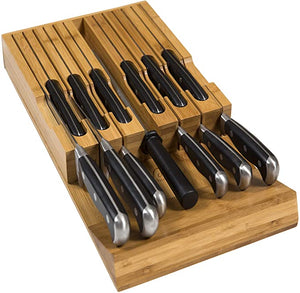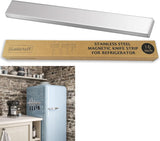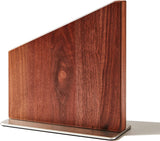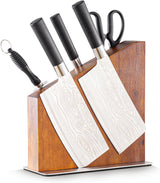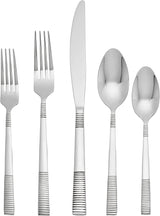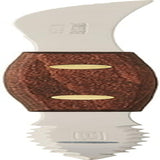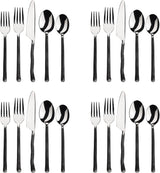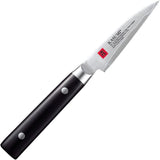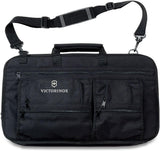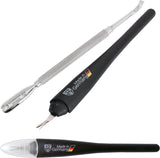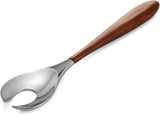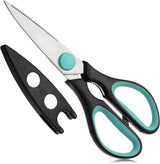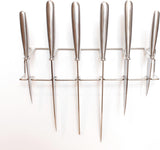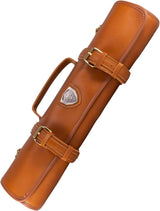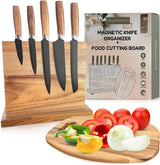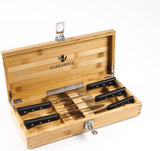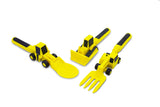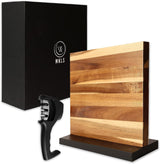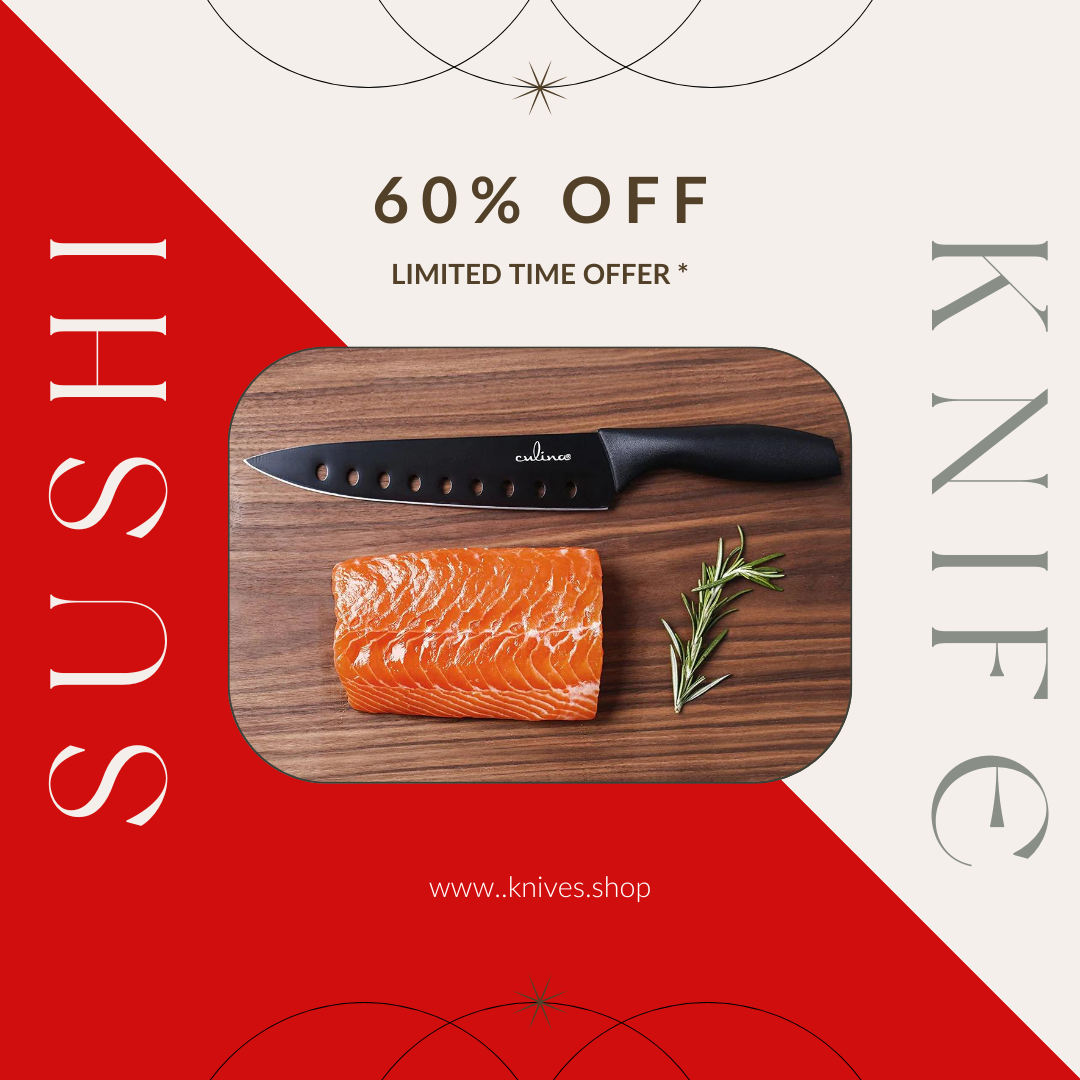In the fast-paced atmosphere of a professional kitchen, knives serve as more than just mere instruments; they are essential extensions of a chef's precision. Mastering the technique of closing a knife blade correctly is crucial for the safety of culinary experts. This important skill not only prolongs the life of your knife but also ensures the well-being of everyone working in the kitchen.
Whether you're using folding knives or specialized tools, its vital to understand the mechanics and subtleties of knife safety. Lets explore how to safely close a knife bladea key competency that enhances your culinary expertise.
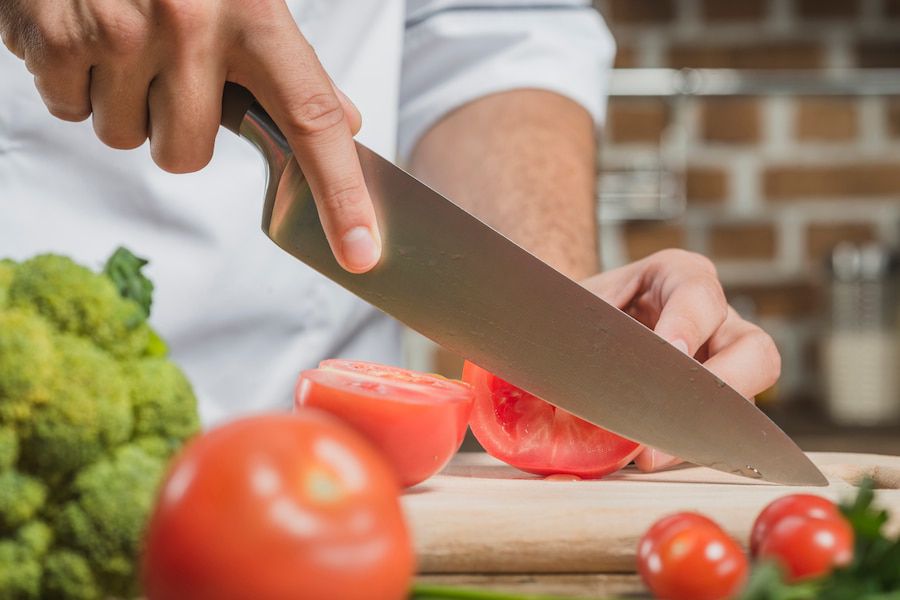
The Critical Nature of Knife Safety in Professional Kitchens
In a busy kitchen environment where speed and accuracy are paramount, the significance of knife safety becomes abundantly clear. Mishandling knives can result in accidents that jeopardize the health of your team and hinder kitchen efficiency. Acknowledging the importance of closing a knife blade safely is vital in reducing these risks, leading to a seamless kitchen operation.
Knife Types: Folding vs. Non-Folding
The first step toward knife safety is recognizing the various types available. For an in-depth look at types of kitchen knives, please refer to this detailed guide.
Folding Knives
Folding knives utilize a pivot mechanism that allows the blade to retract into the handle. Proper handling of these knives is essential for professionals who depend on accessibility and portability.
Non-Folding Knives
In contrast, non-folding knives are traditional culinary tools requiring a sheath or guard for safe storage. Despite differing mechanisms, the same careful handling principles apply.
Step-by-Step Instructions for Closing a Knife Blade
Getting to Know the Folding Mechanism
Many folding knives used in professional kitchens incorporate a locking mechanism, a critical feature for safety that must be fully understood. Before you begin closing the knife, make sure you identify this lock.
Disengage the Lock
Using your dominant hand, press the lock release located on the spine of the blade. Apply pressure carefully while keeping full control of the knife.
Gently Fold the Blade Back
Once the lock is disengaged, smoothly guide the blade back into the handle while maintaining control to prevent slips or accidental cuts.
Extending Blade Lifespan
Safe handling is not just about personal safety; it also involves preserving your knife's condition. Avoid slamming the blade shut, as this can damage both the locking mechanism and the blade itself.
Expert Maintenance Tips
Consistent maintenance is vital for prolonging the life of your knives. For comprehensive advice on sharpening and caring for your blades, check out the sharpening guide.
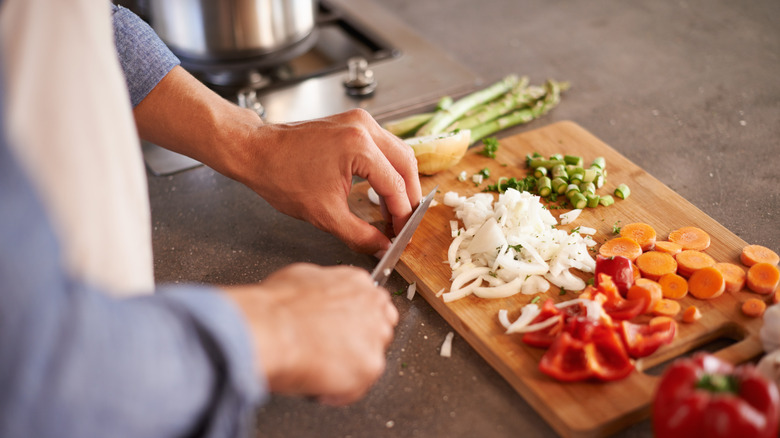
Common Questions About Knife Blade Handling
Why won't my folding knife close properly?
If the folding mechanism is not well-maintained, it can become stuck. Regular cleaning and lubrication are necessary to promote smooth operation.
What should I do if the lock on my knife is jammed?
Apply a small amount of oil and gently manipulate the mechanism. If the problem continues, seek assistance from a professional.
Can improper closing damage my knife?
Absolutely; closing a knife incorrectly can ruin the blade's tip or compromise the locking system.
For further information on effective tool manipulation, the best pocket knife brand article is worth exploring.
For more extensive knowledge about knife care and types, visit the knife polishing tips to enhance your understanding.
This article contains affiliate links. We may earn a commission at no extra cost to you.
